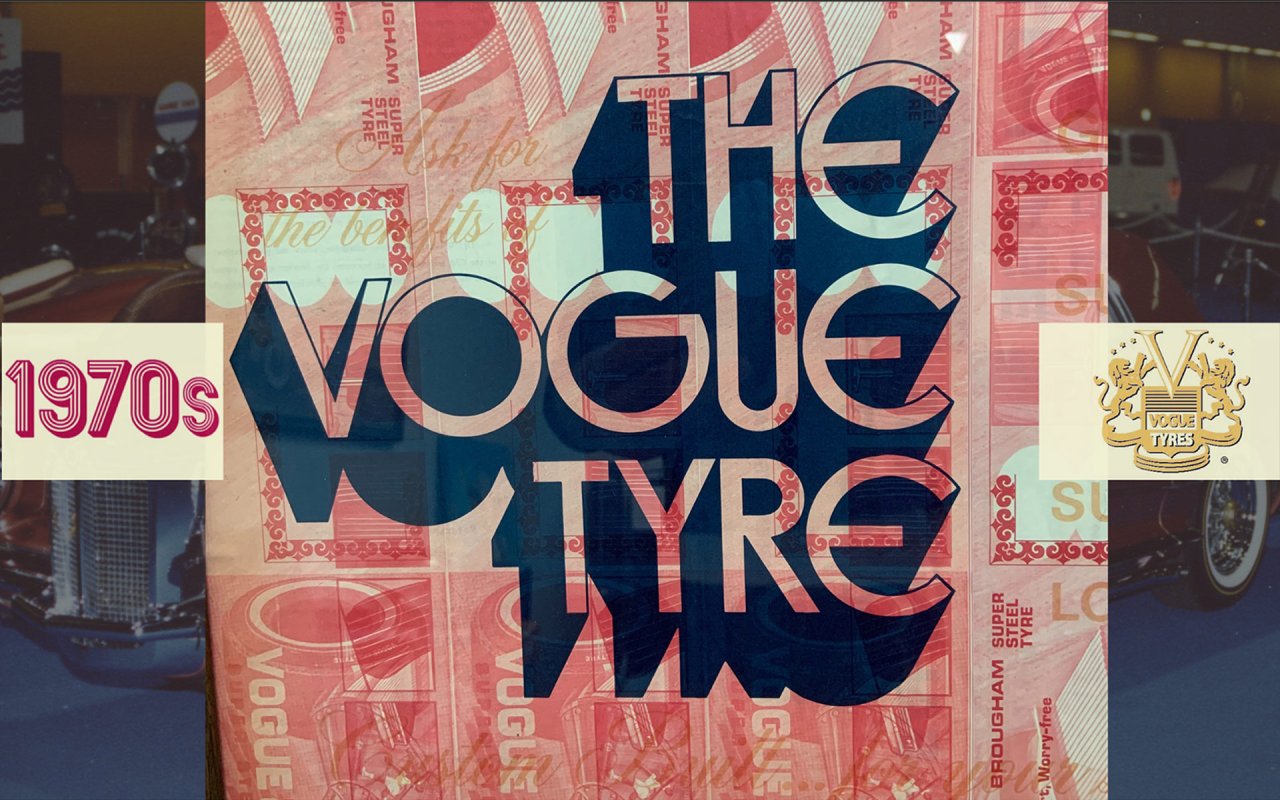The 1970s saw incredible advances in civil rights, women’s rights and environmental protections. The country was moving along at a dynamic clip, and the cars of that era reflected all those changes. As the auto industry struggled to keep a footing in this new world, Vogue Tyre stood strong by growing amid major market changes.
THE DECADE OF THE ENVIRONMENT
By the late 1960s, the public had grown increasingly aware of the environmental damage caused by unrestricted manufacturing. During the 1960s, the hippy movement joined forces with early organic farmers to call attention to the planet’s precious resources. Signal events included the Cuyahoga River bursting into chemical flames and a deadly oil spill in California. People were increasingly concerned about the quality of their water, food and air.
In 1970, President Richard Nixon signed the National Environmental Policy Act (NEPA), which signaled that the 1970s would, above all, be the decade of the environment. Nixon also created the Environmental Protection Agency (EPA), which consolidated various environmental groups into a single, overarching agency.
EMISSIONS STANDARDS ARRIVE
The NEPA was a massive bill, and it gave the government massive powers to enforce environmental standards in every industry. Nixon’s bill ordered the cleanup of waste treatment plants, water supply companies and transport companies. It also created plans to deal with oil spills and other environmental disasters.
Regarding the auto industry, the bill called for national air quality standards and stringent guidelines to lower motor vehicle emissions. In 1972, Nixon ordered the government to find ways to reduce automobile pollution.
VOGUE TYRE CONTINUED TO INNOVATE
Auto manufacturers were not the only ones innovating in response to changes in the market. At Vogue Tyre, we constantly kept our eyes on changing trends to respond to consumer demands. Just as carmakers began paying attention to safety features and fuel efficiency, we were making tires designed for these new cars.
Among the new tires we introduced in this decade were the 7-Rib Glass Belt and the Wide Trac Glass Belt. These tires later developed into the Brougham Gauntlet Custom Built Super Steel Tyre. This tyre was designed for the ultimate in safety and comfort.
VOGUE TYRE MAKES A KEVLAR CONNECTION
In the late 60’s, the DuPont Corporation created an amazing new product called Kevlar. It was originally used to create bulletproof vests for police officers, but Vogue Tyre saw a way to incorporate it into tire design.
Adding Kevlar, which was known as Aramid in the tire industry, made tires almost indestructible. In 1975, Vogue Tyre introduced the Vogue Super Aramid Radial Tyres, one of the first tires on the market that incorporated Kevlar. The Vogue Super Aramid Radials were standouts for durability, safety and style.
OIL EMBARGO
In 1973, US drivers faced a major crisis when members of the Organization of Arab Petroleum Exporting Countries (OAPEC) imposed an oil embargo on the US. This caused the price of oil to shoot from $3 to $12 a barrel and the price of gas to skyrocket.
The oil embargo ended in March 1974, but oil prices remained high, and the crisis had long-term consequences. Price controls, gas rationing, speed limits and daylight savings time, introduced during the embargo, were here to stay. The oil crisis also sparked even more environmental fervor. US consumers and politicians shared a conviction that it was crucial to end the country's dependence on oil.
This fervor led to laws like the Emergency Petroleum Allocation Act of 1973 and the Energy Policy and Conservation Act of 1975. In 1977, President Jimmy Carter created the Department of Energy.
SMALL CARS AND SMALLER PROFITS
The auto industry felt the effects of the embargo for a long time. As customers clamored for fuel-efficient cars, US automakers found themselves in stiff competition with foreign car makers. Compact cars from Germany and Japan became immensely popular because they were fuel-efficient.
PRODUCT CHANGES: FROM WHITEWALLS TO BLACKWALLS
Cars were changing, and so were tires. Until the 1960s, whitewall tires were the epitome of luxury and style. Every high-end car boasted the whitewall tires.
In the late 1960s, tires with wide white walls were starting to phase out in favor of tires with a narrow band of white. High-end cars like the Lincoln Continental, and Cadillac Fleetwood all sported these tires.
By the late-1970s, however, they had lost favor with the public. Today, it’s rare to find traditional whitewalls on vehicles, but some car enthusiasts still use them on restorations and classic car reproductions. However, the Vogue Tyre Classic Design has endured and remains a symbol of success and prestige.
OUR ABILITY TO ADAPT TO CHANGING MARKETS IS A STRENGTH
The 1970s saw tremendous changes in the way Americans viewed cars and driving. At Vogue Tyre, we proved you can ride out dynamic changes by adapting to the demands of automakers, consumers and government regulations. We never resisted change. Instead, we embraced it as an opportunity for growth. Our ability to grow and innovate helped us thrive then, and it keeps us strong today.
From the 1970s to today, Vogue Tyre has continued to adapt to deliver iconic designs and world class performance. While trends have changed, our commitment to excellence has not, and the tyres we produce today still turn as many heads and drive as many sales and profits as they did in decades past.
If you are interested in becoming an exclusive Vogue Tyre dealer, you have access to a legacy of success that only our brand can bring. You are welcomed to be a valued partner in an ongoing quest to achieve success and rewards. Distinguish your business by connecting with Vogue Tyre today and join us on a journey marked with more satisfied customers and increased profits.
